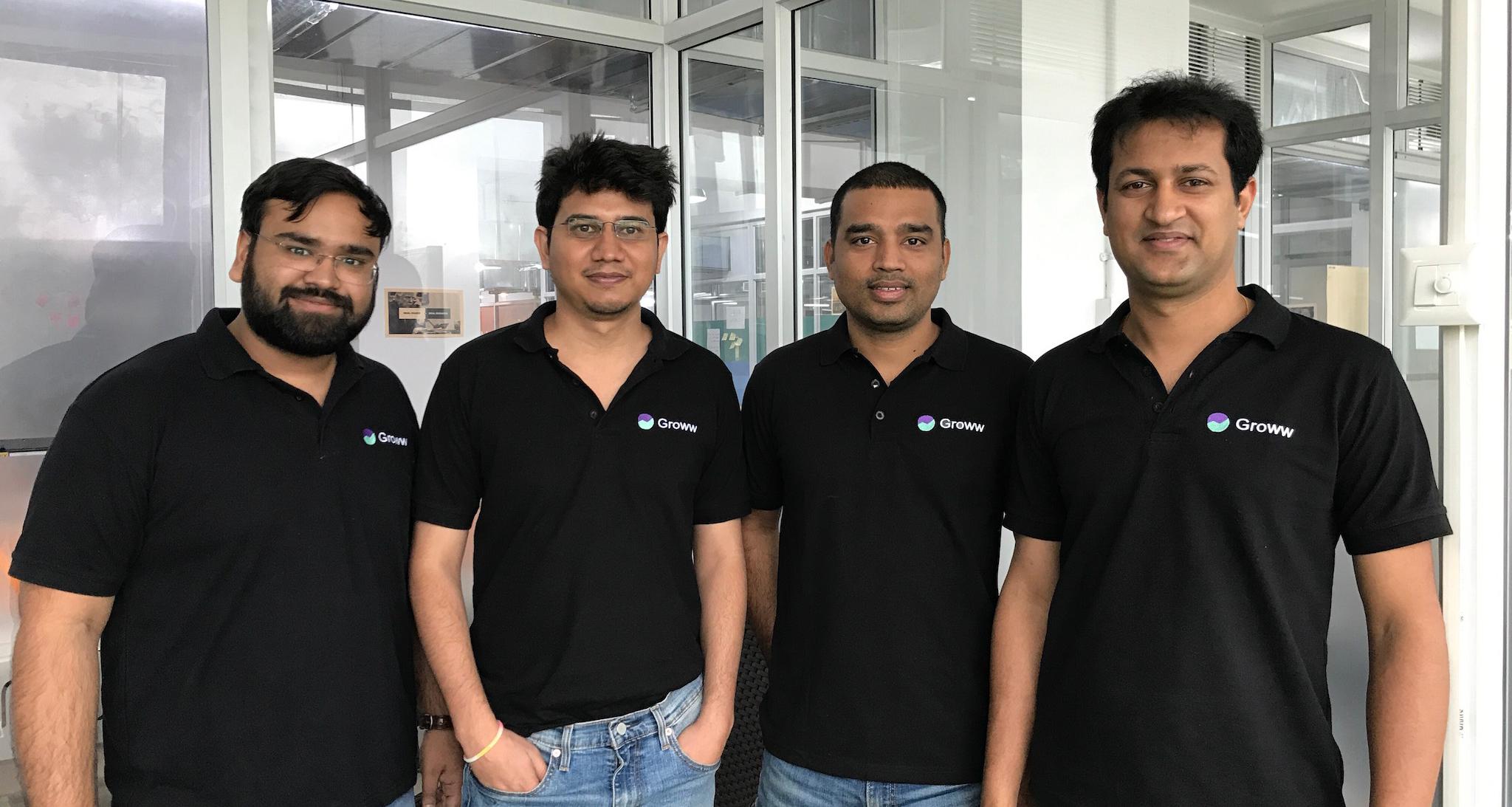LG has put out a gesture-heavy hint ahead of the annual unveiling of new smartphone hardware at the world’s biggest mobile confab, Mobile World Congress, which kicks off in a month’s time.
The brief video teaser for its forthcoming MWC press event in Barcelona, which was shared today via LG’s social media channels, shows a man’s hand swiping to change on screen content, including the message “goodbye touch”.
The title of LG’s teaser video includes the name “LG Premiere”, which could be the name of the forthcoming flagship — albeit that would be confusingly similar to the mid-tier LG Premier of yore. So, hopefully the company is going to make that last ‘e’ really count.
Beyond some very unsubtle magic wand sound effects to draw extra attention to the contactless gestures, the video offers very little to go on. But we’re pretty sure LG is not about to pivot away from touchscreens entirely.
Rather we’re betting on some sort of Leap Motion-style gesture control interface being added to the front of the handset, using sensors to detect a hovering hand, for example — probably accompanied by heavy marketing about how filthy-with-germs phone screens are so it’s totally better you don’t actually touch them.
Safe to say, the idea looks terribly gimmicky. Or, well, just terrible. This kind of stuff has been tried (and failed to stick) plenty of times before — as long ago as a decade, in the now no longer mobile-maker Sony Ericcson’s case.
Samsung also added a gesture feature, called Air Gesture, to some of its handsets more than five years old — which lets smartphone users do things like wave to answer a call or swipe through air to scroll up. Some of its smartphones also offer hands-free scrolling via facial tracking.
Yet smartphone users everywhere still seem as hooked as ever on actually fingering their touchscreens. And gesture-based interfaces have, fittingly enough, largely failed to stick.
Although you could view Apple’s Face ID technology as a form of non-touch gesture control, as my TC colleague Ingrid Lunden suggests. Albeit the primary point in that case is security/authentication, so it’s more than just a frictionless way to interact with a device without touching it.
Smartphone makers — and Android OEMs especially — are under acute pressure to stand out in a fiercely competitive and growth-stalled market. So despite a flighty history for gesture interfaces on mobile, a bunch of hardware experiments look to be in play, such as whatever LG’s cooking.
And including — as we noted earlier today — what’s now open flirtation with foldable tablet smartphones (see: Xiaomi teased a double folder phone.)
We’ll be on the ground in Barcelona to bring you news of all the major hardware releases next month — including keeping an eye on whatever LG is preparing to unbox (but not actually touch) on February 24. So stay tuned.
We just hope that another detail in LG’s description for the teaser video, in which it asks its followers whether they’re “prepared to get stunned by the LG Premiere”, does not augur a highly potent new form of contactless haptic feedback.
from Android – TechCrunch https://tcrn.ch/2Dua6UQ
via IFTTT
